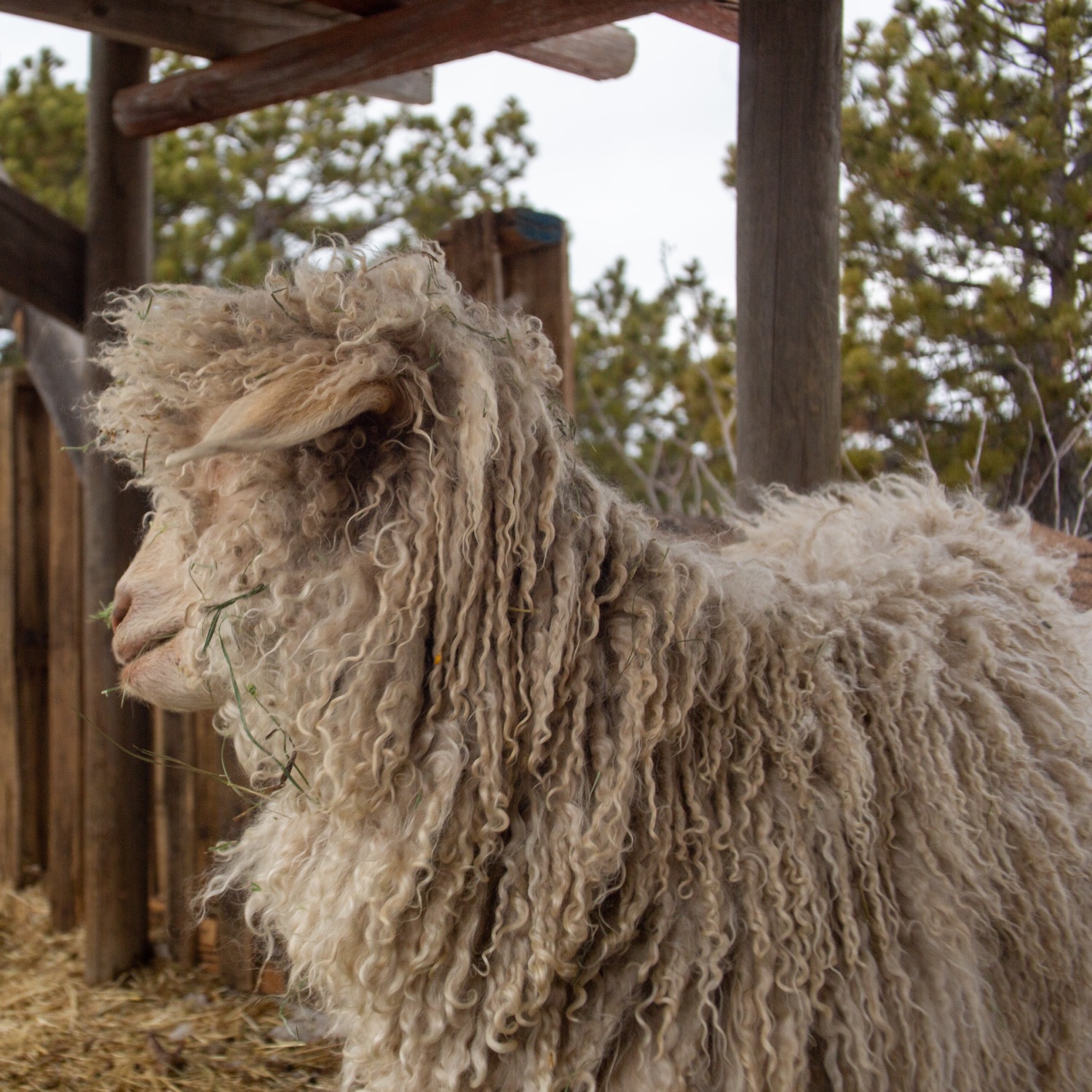Aquaponic Basics
- edwobbens

- Feb 22
- 4 min read
Aquaponics is my bread and butter, I am not sure why I have not written a post about it yet! In this post I will talk about what aquaponics is, basic requirements for a set up, the benefits, and how you can incorporate it into your farm or garden.

In its simplest terms, aquaponics is a symbiotic relationship between plants and animals. Typically the animals are aquatic. The animals will provide nutrients (nitrogenous waste) to the plants and the plants filter and purify the water. The plants can be grown directly in a fish tank or a pump system can be set up to move the fertilized water through plant beds and back to the fish.
There are only really three requirements for any aquaponics system: plants, animals, and water. The beauty of aquaponics is that you can use any combination of plants and animals; some combinations just require you to get a little more creative. Your most basic set up (a small tank with a plant growing directly in the water) can be purchased on amazon (affiliate link: https://amzn.to/3QsdMeB), at your local pet store, or rigged with items found at a thrift store near you. On the other end of the spectrum, you can make compost tea with your farm animals to grow your plants in hydroponically!
Before I discuss some ideas and examples, why would you care about aquaponics in the first place? The water used for growing your plants is recycled so you are using a fraction of the water that you would use in traditional gardening or crop farming. If you are setting up your aquaponics in a greenhouse or any sort of temperature controlled environment, you can grow your plants year round rather than waiting for the perfect season to sow seeds or plant your clones. You can utilize more vertical space and therefore purchase less land for your operation. A majority of the grow beds in aquaponic or hydroponic designs promote healthy bacterial growth to help your plants grow into their best selves. Your animals will provide fertilizer so not only do you not have to purchase top soil or soil altogether, you don't have to spend money on fertilizer either.
Okay, but what are the draw backs? Setting up an aquaponics system can take some creative energy to find a set up that will be most feasible and beneficial to you. Because of the water that is in the system, aquaponics is difficult to move; especially if you have fish in your system. So if you don't like where you set it up initially, it can be a pain to switch locations. Depending on how you want your system to look, the start up costs can add up pretty quickly as well.
Do you have chickens, goats, bunnies, cows, fish, and/or plants of any kind? You can utilize the science behind aquaponics.
Fish: Fishies are the quintessential animals for aquaponics. Your fishies live in water, and you can grow plants in their water. You can make this as simple and small or as big and complicated as you want! I have grown plants directly in fish tanks with some coconut coir or clay beads. I have also set up a pump system that moves water from my huge tilapia tanks into a bio filter (any container full of material to allow for the breakdown of solid medium), into a grow bed, and back into the fish tank. My favorite fish to use in this type of set up is tiliapa, but you can use any fish that eats a plant based diet: sturgeon are popular, catfish can be used, basic pet fish from the fish store can be used if fed the right diet.
Farm animals: Farm animals are a little bit more complicated because they obviously are not aquatic. That doesn't mean that you can't use them for this!! Any animal that produces nitrogenous waste that can be composted or used as fertilizer can be used in aquaponics. There is just one added step: compost tea or a bio filter. Any time you clean your chicken coop, put that waste into a fabric or filter bag and let it soak in some water. This is how compost tea is made. You just need a containter for water and a way to soak your animal waste without getting solid waste into the plant beds. This container can be separate from your hydroponic set up or the water can be pumped directly into the planters to make less work for you.
Here are some amazon affiliate links to products that I find useful for the different aspects of a set up:
bio filter medium: https://amzn.to/439xS4S
plant beds: https://amzn.to/4bf2kw8
bio filter bins: https://amzn.to/3F0DSm9
bags for compost tea: https://amzn.to/4k4y4IF
pumps: https://amzn.to/4k9RLP4
fish housing: https://amzn.to/3ENDjMB
This is very dependent on your set up size but I have linked a little outdoor pond
If you’d like help starting your own set up, please reach out to us and we would be happy to help!!












Comments